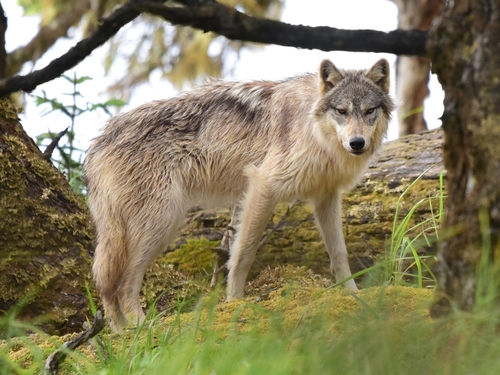
Gray Wolf
Majestic and social, the gray wolf (Canis lupus) thrives in diverse habitats from tundra to forests. Renowned for its pack dynamics and haunting howls, this apex predator is crucial in maintaining ecological balance, making it a symbol of wilderness and resilience.
Grey, Black
Color
Least Concern
Conservation Status
Stable
Population Trend
Characteristics
The Canis lupus, commonly known as the gray wolf, inhabits a range of environments across North America, Europe, and Asia. It features a thick fur coat that varies from gray to white or black, social pack behavior, and a diet primarily consisting of ungulates. Wolves play a vital role as apex predators, maintaining the balance of their ecosystems.
Distribution Range of the Gray Wolf
Canis lupus, commonly known as the gray wolf, is native to a wide range of regions across the Northern Hemisphere. Its geographical distribution includes parts of North America, Europe, Asia, and the Middle East. Notable regions where it is naturally found include Canada, Alaska, parts of the contiguous United States, much of Europe, Russia, and parts of Central Asia.
Gray Wolf's Habitat
Environmental Conditions
Gray wolves inhabit a variety of environments that range from Arctic tundra to forests, grasslands, and deserts. They are highly adaptable and can thrive in areas ranging from the frigid Arctic climates to temperate forests and even semi-arid areas. Their habitats are often characterized by the presence of ungulate prey species and are typically away from human settlements.
Ecological Niche
As apex predators, gray wolves play a crucial role in maintaining the health of ecosystems by regulating prey populations and fostering biodiversity. They are social animals, living and hunting in packs, which allows them to take down larger prey. This pack behavior also influences their territorial nature and their need for large territories to support their hunting and social structure.
Copyright @ Nature Style Limited. All Rights Reserved.
 English
English